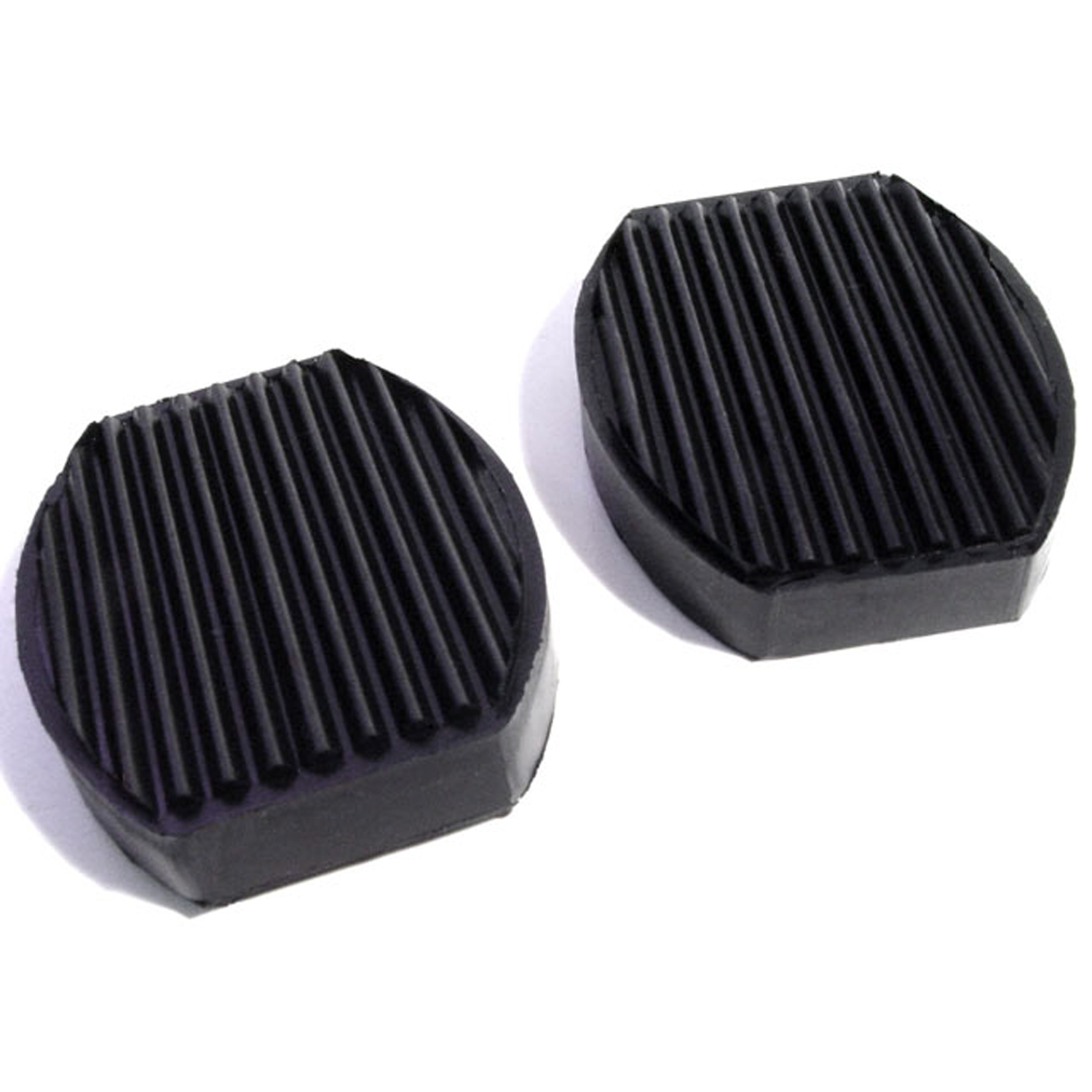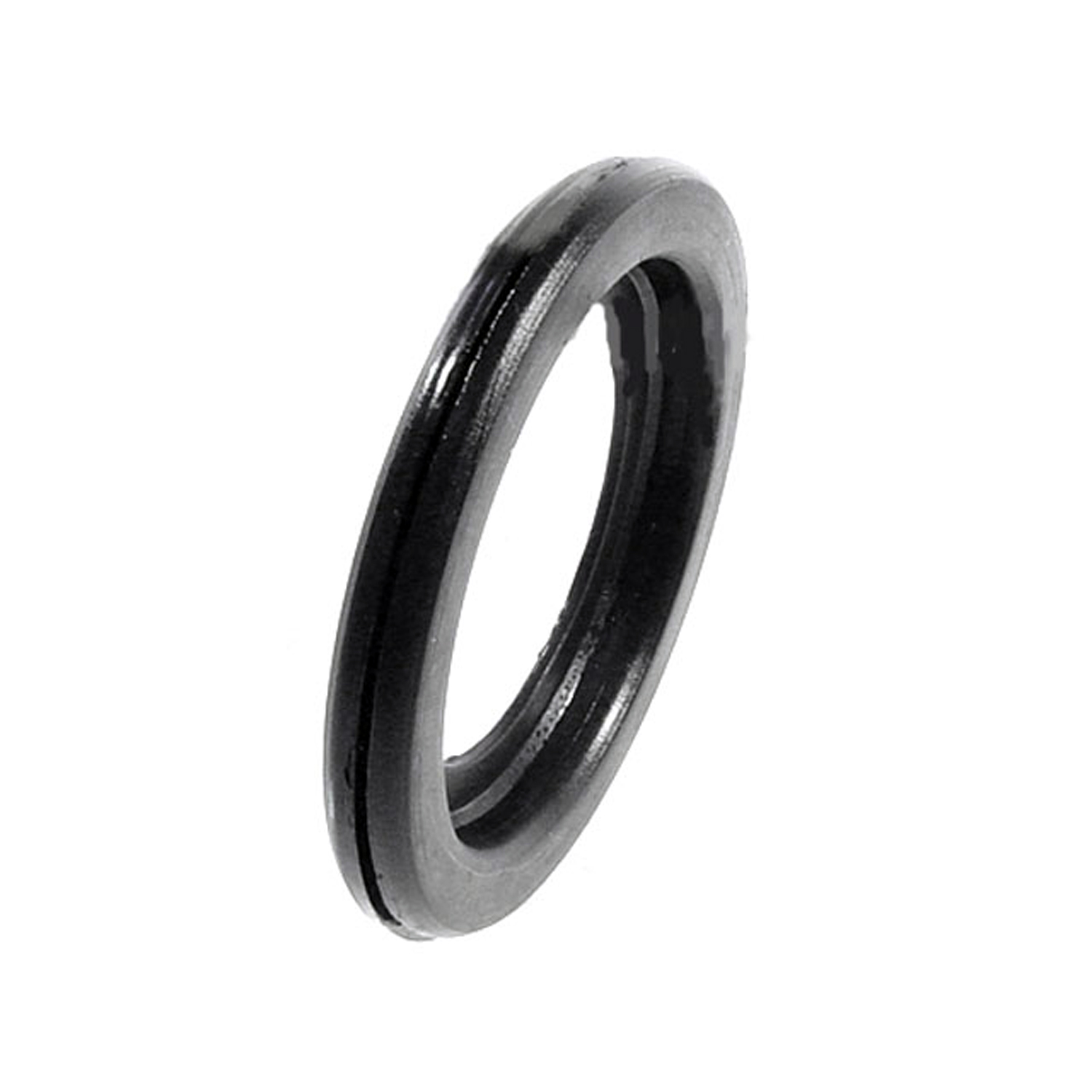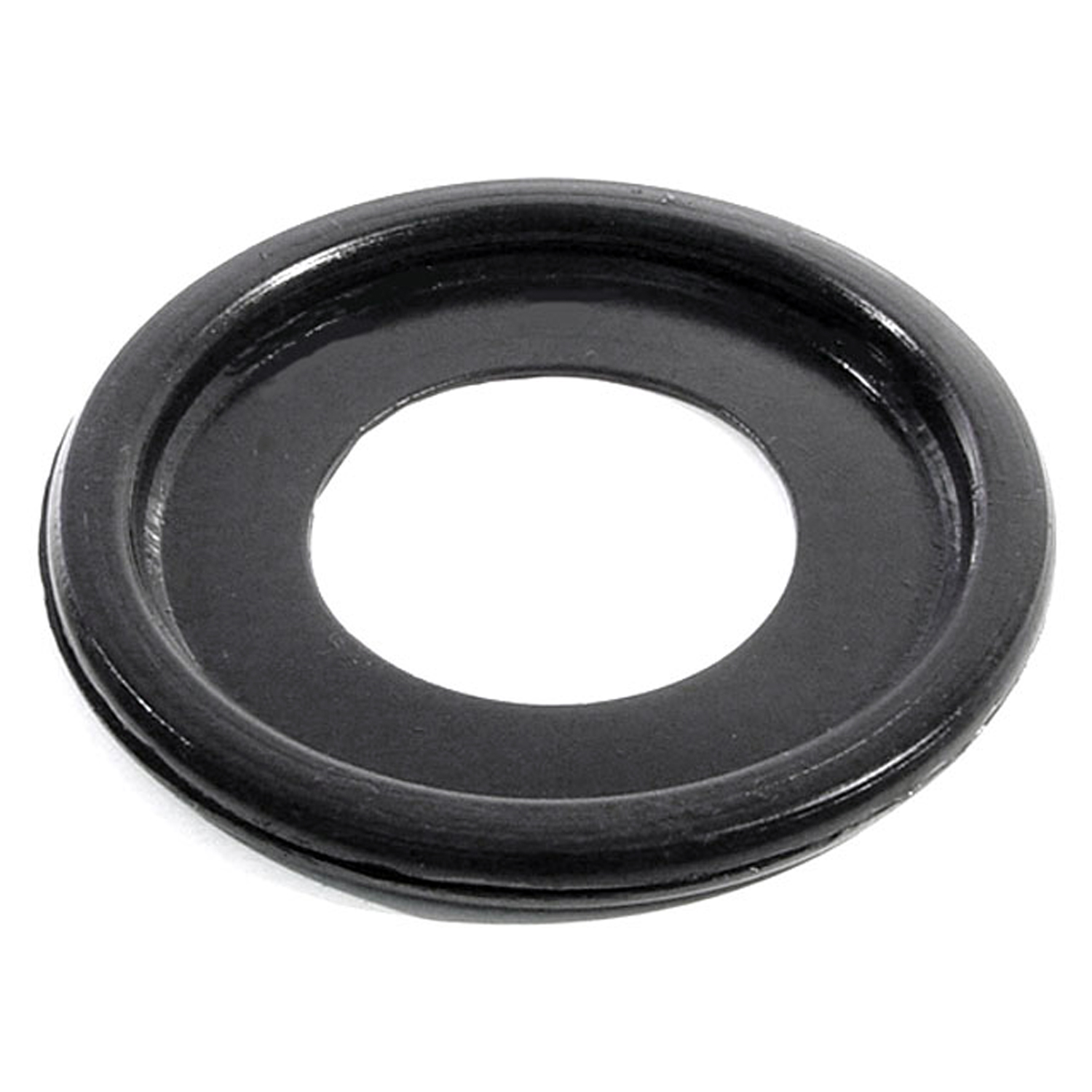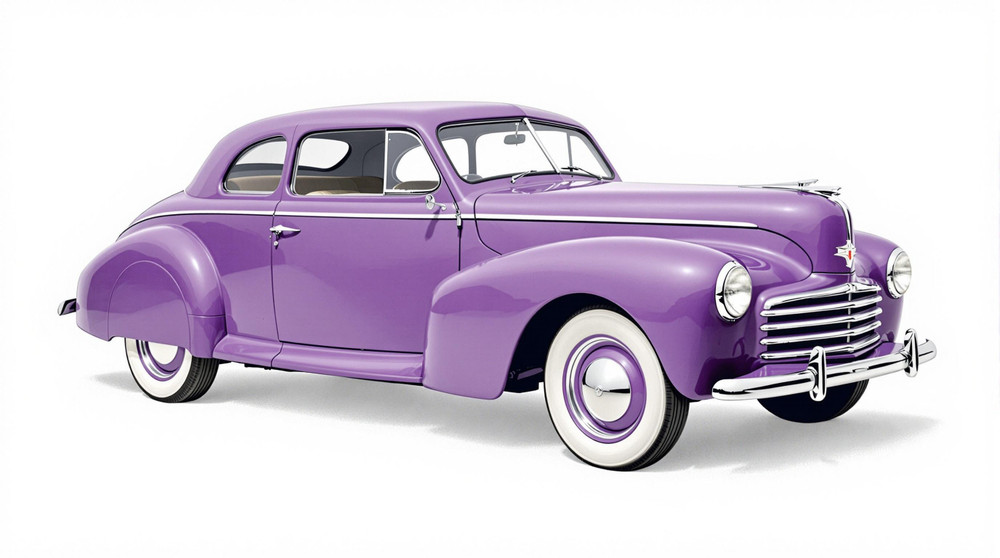Image of 1946 Crosley Crosley, Note: These illustrations use artistic license and may differ from actual historical models.
Performance Metrics
Fundamental Metrics
Emotional Appeal
MMP Rating
| Engine Specifications | |
|---|---|
| Engine: | 4-cylinder |
| Displacement: | 44 cubic inches |
| Horsepower: | Estimated 26.5 horsepower |
| Torque: | 32 lb-ft |
| Compression Ratio: | Estimated 6.5:1 |
| Ignition System: | Coil ignition |
| Cooling System: | Water-cooled |
| Performance Specifications | |
| 0-60 Time: | Not available due to the vehicle's age and limited performance capabilities |
| 1/4 Mile Time: | Not available |
| Top Speed: | 50 mph |
| Transmission and Drive | |
| Drive Type: | Rear-wheel drive |
| Transmission Type: | 3-speed manual |
| Fuel and Efficiency | |
| Fuel System Type: | Carburetor |
| MPG: | Estimated 35 mpg |
| Dimensions and Brakes | |
| Brakes: | Hydraulic drum brakes |
| Wheelbase: | 80 inches |
| Weight: | 925 lbs |
Note: Specifications for classic cars are given to the best of our ability, considering the limited and variant data available.
A Glimpse into Post-War Ingenuity: The 1946 Crosley
In the wake of World War II, America was ready to drive towards a future filled with innovation and growth. Enter the 1946 Crosley, a car that not only captured the essence of post-war optimism but also reflected the resourcefulness of its era. Manufactured by Crosley Motors Incorporated, founded by industrialist Powel Crosley Jr., this vehicle emerged as an answer to the public's demand for affordable and economical transportation. A notable moment in its history was when a Crosley became the first car to have disc brakes as standard equipment in 1949, showcasing the company's forward-thinking approach.
Design and Innovation
The exterior styling of the 1946 Crosley was distinctive with its compact dimensions and simple lines, a stark contrast to the large and extravagant cars of the time. Its interior was no less innovative, boasting practicality over luxury with modest materials that underscored its utilitarian purpose. Technologically, it featured an overhead camshaft engine—a rarity among cars in its class. Color options were limited post-war, but popular choices included vibrant hues that mirrored the optimism of the era. The most iconic body style was arguably the station wagon, which became synonymous with the Crosley brand.
Historical Significance
The 1946 Crosley made a lasting impression on automotive design by pioneering compact car production in the United States. It stood out from its contemporaries through its emphasis on fuel efficiency and affordability at a time when such concepts were not yet mainstream. Its legacy is evident in how it paved the way for future compact cars that would eventually dominate global markets.
Performance and Handling
Performance-wise, the 1946 Crosley's top speed and acceleration were modest by today's standards but remarkable for its size and engine capacity at that time. Handling was nimble due to its lightweight construction, offering a unique driving experience characterized by a sense of simplicity and directness. Drivers could expect to hear the distinctive hum of its small engine while feeling every contour of the road beneath them.
Ownership Experience
As a daily driver, the Crosley was praised for its economy during a period when resources were scarce. Maintenance and reliability were straightforward, making it accessible for the average owner to repair. However, due to limited production numbers and parts availability in later years, owning a Crosley today can be more challenging.
Fun Facts
A piece of trivia that delights enthusiasts is that during its production years, Crosleys were often used as pit vehicles at race tracks due to their size. Although not known for breaking speed records, they set benchmarks for efficiency and compact design. Despite some criticism over their modest power output and Spartan features, these cars have secured their place in automotive history.
Collector's Information
Today, collectors find value in the 1946 Crosley's unique charm and historical significance. While exact production numbers are elusive, it is estimated that thousands were produced. The current value range for collectors can vary widely based on condition and model type but typically falls between $10,000 to $25,000. These vehicles have seen an appreciation in value as they become rarer and more desirable among classic car enthusiasts.
Conclusion
The 1946 Crosley stands as a testament to an era where simplicity met innovation head-on. It may not have been the fastest or most luxurious car of its time, but it offered something perhaps more significant: accessibility and efficiency during America's post-war renaissance. As we look back on this humble yet groundbreaking vehicle, we're reminded of how it helped shape an entire segment of the automotive industry that continues to thrive today.
1946 Crosley Crosley Catalog of Parts
 1946 Crosley Crosley Clutch and Brake Pedal Pads. 2-5/16" wide X 2-3/4" long-CB 104Clutch and Brake Pedal Pads. 2-5/16" wide X 2-3/4" long. Pair
1946 Crosley Crosley Clutch and Brake Pedal Pads. 2-5/16" wide X 2-3/4" long-CB 104Clutch and Brake Pedal Pads. 2-5/16" wide X 2-3/4" long. Pair 1946 Crosley Crosley Gas Filler Grommet. Two used per car. 1-3/8" I.D-GF 33Gas Filler Grommet. Two used per car. 1-3/8" I.D., 2-3/8" O.D. Each
1946 Crosley Crosley Gas Filler Grommet. Two used per car. 1-3/8" I.D-GF 33Gas Filler Grommet. Two used per car. 1-3/8" I.D., 2-3/8" O.D. Each 1946 Crosley Crosley Gas Filler Grommet. 1-1/4" I.D., 2-11/16" O.D. Each-GF 34Gas Filler Grommet. 1-1/4" I.D., 2-11/16" O.D. Each
1946 Crosley Crosley Gas Filler Grommet. 1-1/4" I.D., 2-11/16" O.D. Each-GF 34Gas Filler Grommet. 1-1/4" I.D., 2-11/16" O.D. EachWhy Choose Metro?
For over 100 years, Metro Moulded Parts has been the pinnacle of quality in classic car restoration parts. Our commitment to precision and authenticity in every component ensures a perfect fit and an OEM-level appearance.
- Expert Craftsmanship & Quality: Each part is a testament to our dedication to reliability and perfection, crafted from original designs and thoroughly tested.
- Advanced Technology: We use cutting-edge techniques to create flawless, long-lasting parts that surpass others in performance.
- SuperSoft Sponge – The Ultimate Door Seal: Not only are our door seals 30% softer than competitors', but they're also guaranteed to never leak. They effectively reduce wind and road noise, enhancing your classic car's comfort and driving experience.
- Proudly American: Our parts are a product of American craftsmanship, made in the USA with a spirit of excellence and heritage.
- Unrivaled Warranty: We back our products with a 30-year industry-leading warranty, a testament to our confidence in their quality.
Join us in preserving the legacy of classic cars with parts that are crafted for perfection, not just made.

